MacBook Trackpad Not Working? Here’s How to Fix It
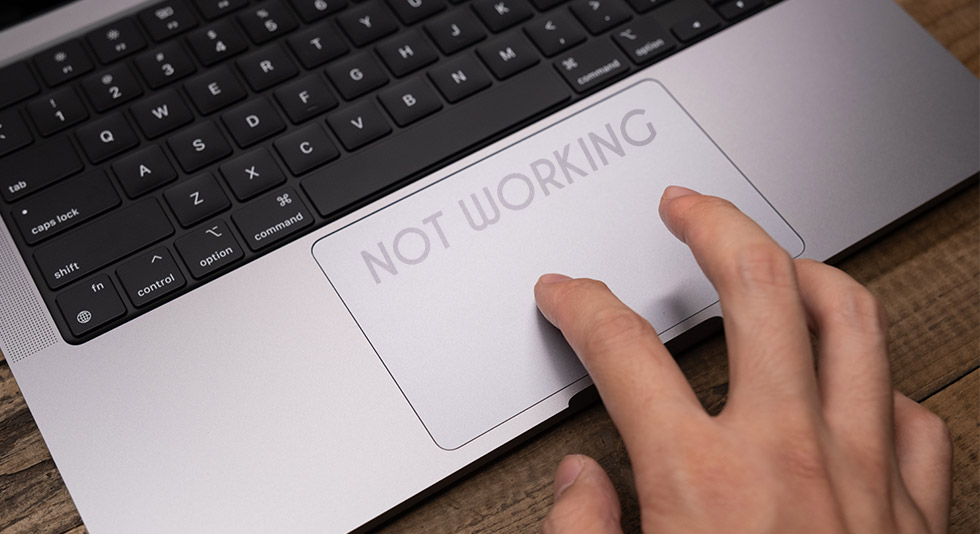
The trackpad on your MacBook is an essential component that allows you to navigate and interact with your device. However, it can be frustrating when you encounter issues with your trackpad not working properly. Isn’t it? Whether it’s unresponsive, lagging, or completely non-functional, it can disrupt your workflow and hinder your productivity.
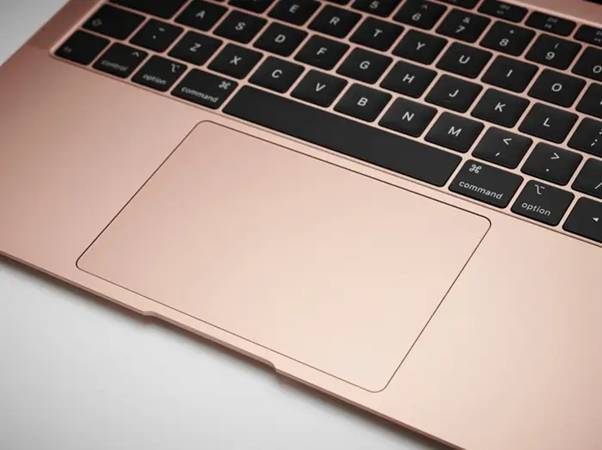
In this blog post, we will explore some common reasons why your trackpad might not be working and provide you with practical solutions to troubleshoot and fix the MacBook trackpad not working issue. Whether you’re a beginner or an experienced user, we’ve got you covered.
So let’s dive in and get your trackpad back up and running smoothly!
Also Read: How to Use System Preferences Setting on Mac and Boost Your Productivity
Why is Your MacBook Trackpad Not Responding?
There are several reasons why your MacBook trackpad may not be responding. It could be due to a software glitch, outdated system software, or even physical damage to the trackpad itself. Software glitches can occur when the operating system encounters an error or conflict that affects the trackpad’s functionality.
Outdated system software may lack the necessary updates and patches to ensure smooth trackpad operation. Physical damage, such as liquid spills or accidental drops, can cause internal components of the trackpad to malfunction or become unresponsive.
Mac Trackpad not Working? Try These Fixes!
Hardware Issues
Trackpad not working on MacBook? Well, sometimes, problems with the trackpad can be attributed to hardware issues. Here are some potential culprits and the steps you can take to address them:
Solution 1: Clean the Trackpad
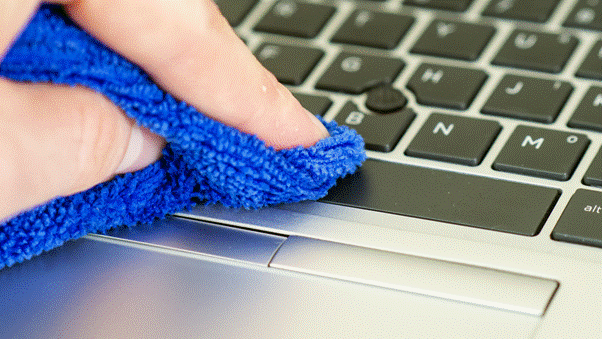
Over time, dirt, dust, and debris can accumulate on the trackpad’s surface, leading to a loss of sensitivity or erratic behavior. Begin by shutting down your MacBook and using a soft, lint-free cloth to gently clean the trackpad. Ensure that you don’t apply excessive pressure as it may cause damage.
Solution 2: Check for Loose Connections
MacBook trackpad not working at all? Well, it’s worth checking if the connection between the trackpad and the motherboard is secure. Keep in mind that this requires some technical knowledge and opening up your laptop. If you’re uncomfortable with this, it’s best to consult a professional technician.
Solution 3: Replace the Trackpad
If all else fails, it’s possible that your trackpad is defective and needs to be replaced. Contact the manufacturer or a certified technician to inquire about repair or replacement options.
Also Read: How to Scroll Down on Macbook Pro: Effortless Scrolling
Software Issues:
Aside from hardware problems, software issues can also be the cause of trackpad malfunctions. Let’s explore some common software-related problems and their solutions:
Solution 1: Restart Your MacBook:
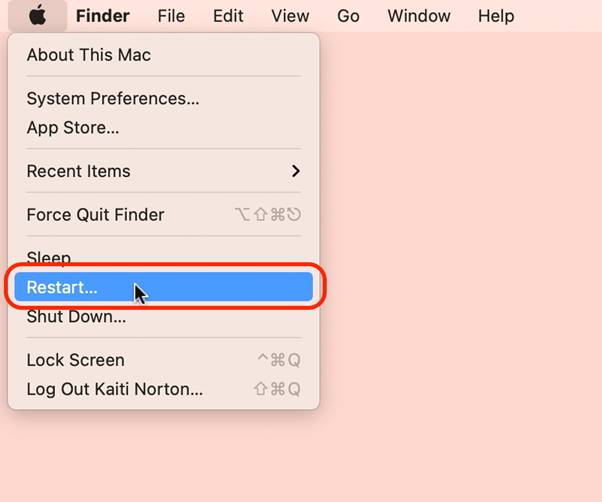
Restarting your laptop can resolve many temporary glitches and software conflicts that may be affecting your trackpad’s functionality. It’s a simple step, but it’s often overlooked and surprisingly effective.
Solution 2: Configure Trackpad Settings
Here are the steps to configure Trackpad settings on MacBook to fix the trackpad not working on MacBook issue.
Step 1: Click on the Apple icon located at the top-left corner of your screen. From the dropdown menu, select “System Preferences.”
Step 2: Within the System Preferences window, locate and click on “Accessibility.”
In the left-hand sidebar, find and select “Mouse & Trackpad.”
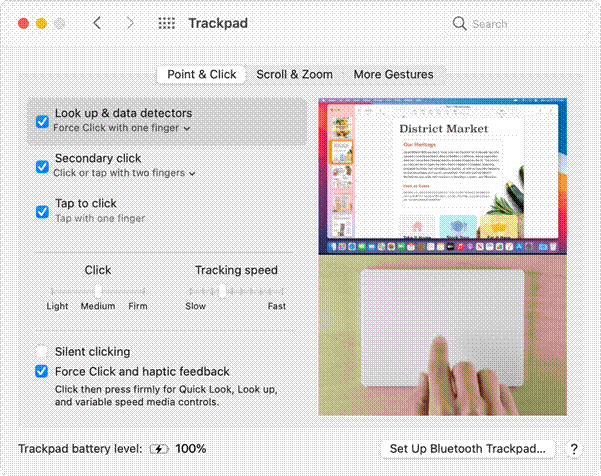
Step 3: Review the settings to ensure they are configured appropriately for your preferences and needs.
Also Read: How To Split Screen On Mac
Solution 3: Reset PRAM/NVRAM
If your trackpad is still not working, resetting the PRAM/NVRAM might help resolve the issue. Follow these steps to fix the MacBook touchpad not working issue:
Step 1: Click on the Apple menu in the top-left corner and select “Shut Down.”
Step 2: Turn on your MacBook. Press and hold the keys Option + Command + P + R immediately after you hear the startup chime. Hold them for about 20 seconds, or until you hear the startup chime again.
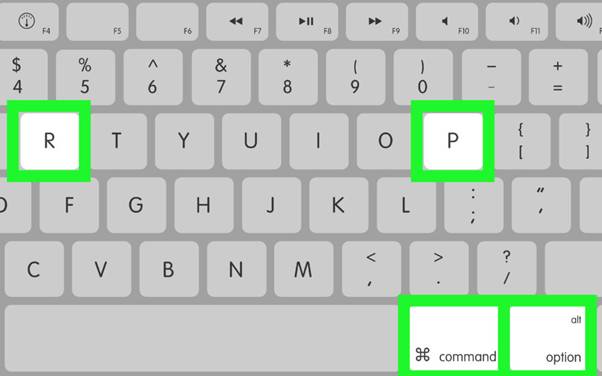
Step 3: After you hear the second startup chime, release the keys.
Step 4: Allow your MacBook to start up as usual.
Check if the trackpad is now working. If not, proceed to the next solution.
Solution 4: Reset SMC (System Management Controller)
If the trackpad is still unresponsive, resetting the SMC might help. Here’s how you can do it:
Click on the Apple menu in the top-left corner and select “Shut Down.”
Perform a specific key combination:
For MacBooks with a T2 Security Chip (2018 and later models):
Step 1: Press and hold Control + Option (Alt) + Shift on the left side of the built-in keyboard.
Step 2: While holding these keys, press and hold the power button for about 10 seconds.
Step 3: Release all keys and the power button.
Step 4: Press the power button again to turn on your MacBook.
For MacBooks without a T2 Security Chip (pre-2018 models):
Step 1: Remove the battery if possible.
Step 2: Press and hold the Shift + Control + Option + Power keys on the left side of the integrated keyboard.
Step 3: While holding these keys, press the power button for about 10 seconds.
Step 4: Release all keys and the power button.
Step 5: Press the power button again to turn on your MacBook.
Now, allow your MacBook to start up as usual. Check if the trackpad not working on MacBook issue was resolved. If not, proceed to the next solution.
Solution 5: Check for Software Updates
Keeping your macOS up-to-date can often fix compatibility issues and bugs. Follow these steps to ensure your system is current:
Step 1: Click on the Apple menu in the top-left corner. Select “System Preferences.”
Step 2: Click on “Software Update.” If there are any available updates, they will be listed here.
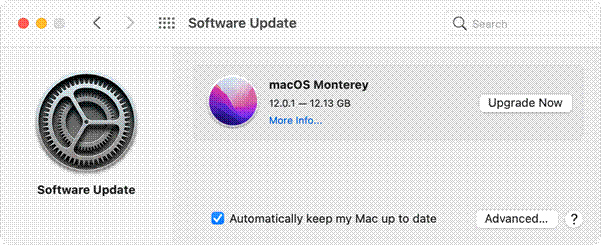
Step 3: Click on “Upgrade Now” to install any pending updates.
After the updates are installed, restart your MacBook and check if the trackpad is now functioning.
Also Read: How To Use Macbook In Clamshell Mode With The Lid Closed
Conclusion
A malfunctioning trackpad can be a real headache, but thankfully, most MacBook trackpad not working issues can be resolved with the right troubleshooting steps. In this blog post, we’ve covered both hardware and software-related problems that can cause trackpad dysfunction. Whether it’s a simple cleaning, or performing more advanced troubleshooting, there are plenty of ways to get your trackpad back in working order.
Remember to identify the root cause of the problem before attempting any fixes, and don’t hesitate to seek professional help if you’re uncertain or uncomfortable with certain tasks. By following these tips and suggestions, you’ll be well on your way to enjoying a smooth and responsive trackpad once again.
So the next time your trackpad acts up, don’t panic! Take a deep breath, refer to this guide, and get ready to troubleshoot like a pro. Your trackpad will thank you, and so will your productivity!

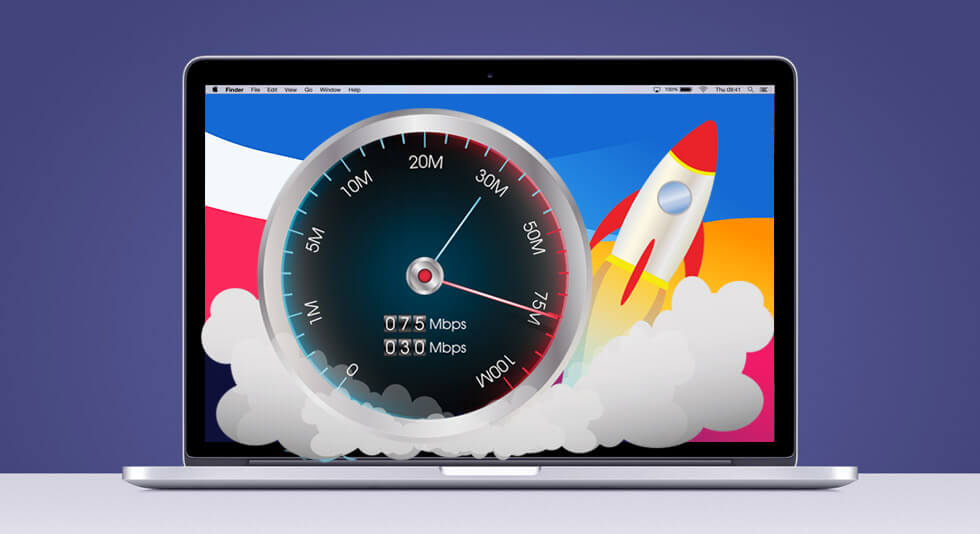 How to Increase Download Speed on Mac
How to Increase Download Speed on Mac Best Free Lightroom Alternatives for Mac in 2024
Best Free Lightroom Alternatives for Mac in 2024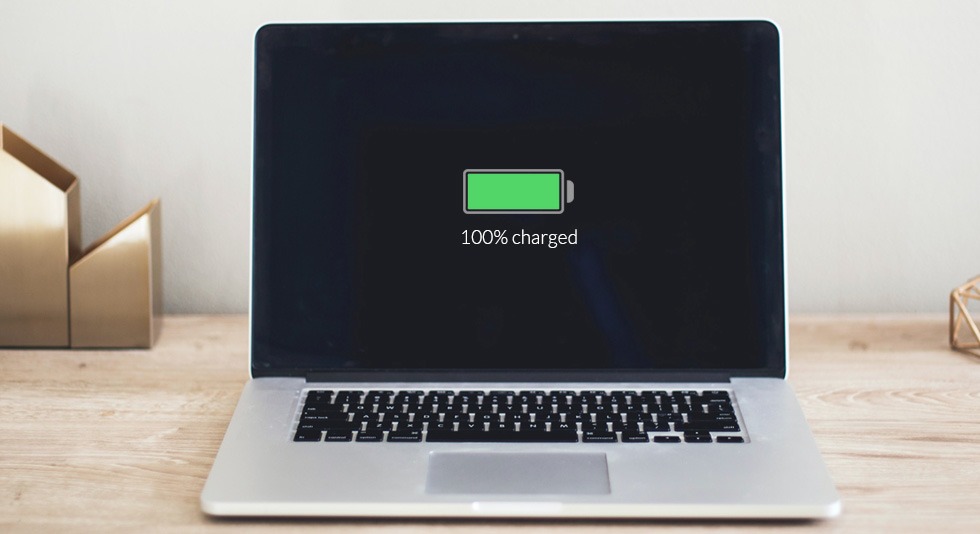 How to Save MacBook Battery Life
How to Save MacBook Battery Life